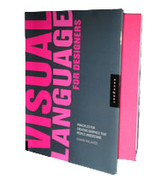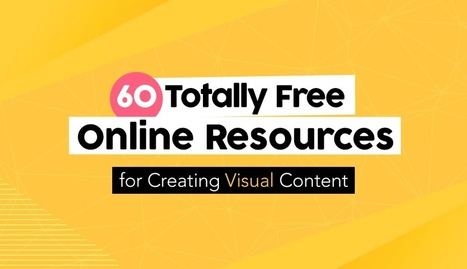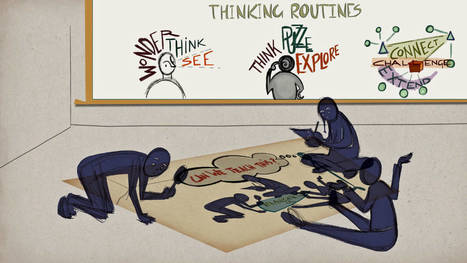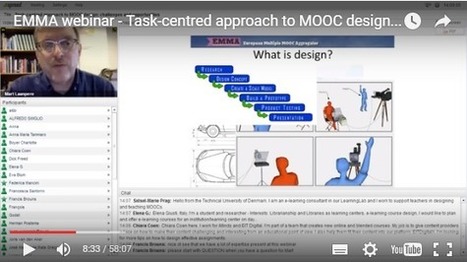Design thinking is a process. There is no straight line from point A to point B. By: Connie Malamed.
There are many myths passed on from the greater culture that define how we think about Design. Some people think that to design, one must be an artist. Or that design comes as a flash of light into the minds of certain privileged people.
It makes sense that we wouldn’t know much about design. The design process is not part of a standard curriculum in school.
Design thinking certainly isn’t taught in most instructional design programs, if any. And it’s the black box of the ADDIE model.
I’ve been studying, analyzing and examining the design process over the past few years. Here are ten things I’d like to share with you about design and design thinking.



 Your new post is loading...
Your new post is loading...

![7 [Multimedia] Things I Always Try to Build into My Online Courses | Information and digital literacy in education via the digital path | Scoop.it](https://img.scoop.it/5QGjaVwaLCoy5wQKQBPcfjl72eJkfbmt4t8yenImKBVvK0kTmF0xjctABnaLJIm9)


























Love these tips for how to use video and images in your course to create a connection with your students..creating multimedia student feedback takes a long time, but students appreciate it so much..if you don't have a lot of time, limit the video feedback to their most important assignment..